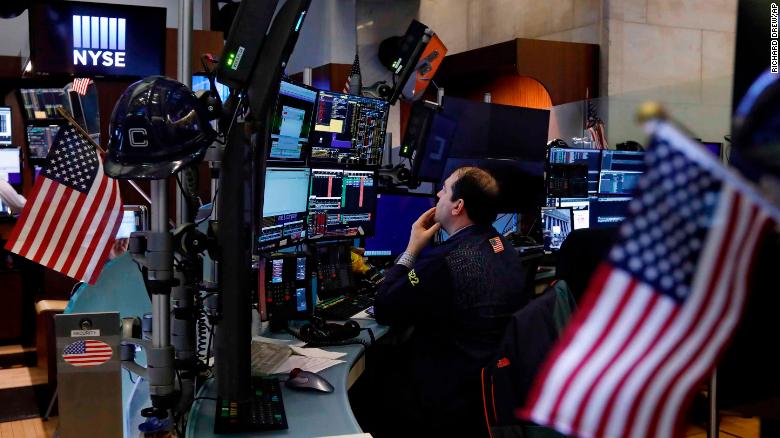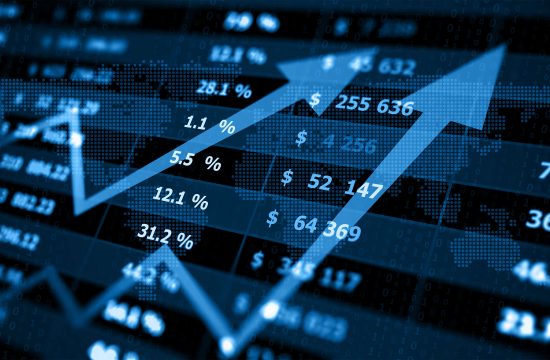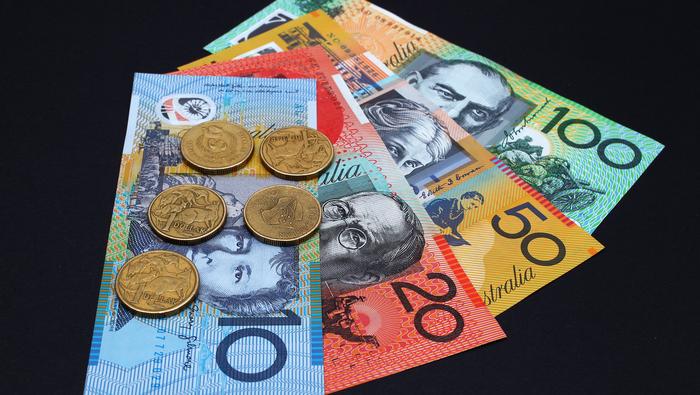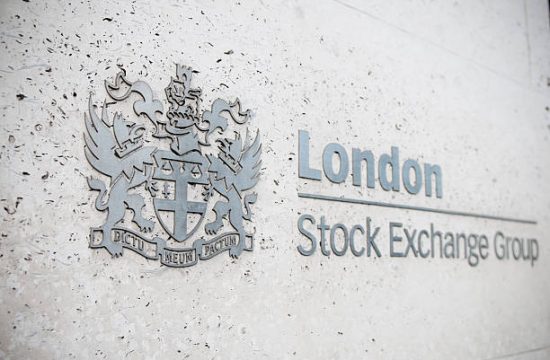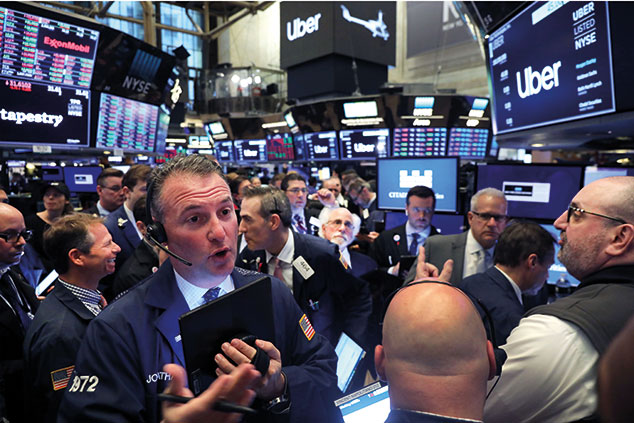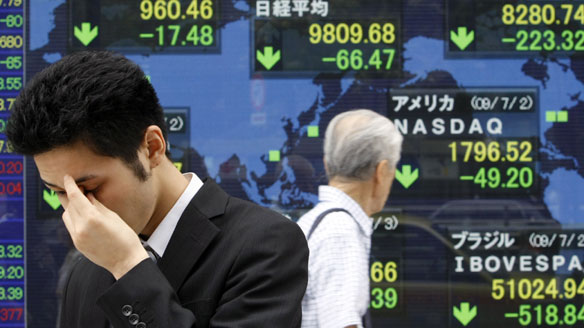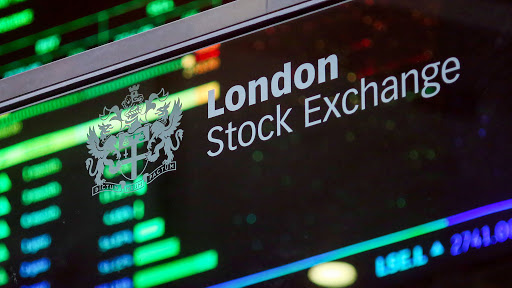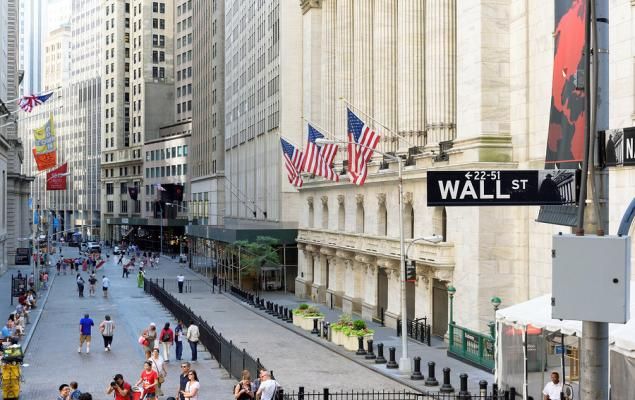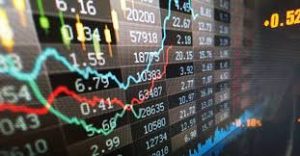
There have been few places to hide while the coronavirus takes the spotlight across global markets. It’s looking like a defensive start to Thursday with shares pointing lower, bond yields falling, and haven currencies bid. Investors don’t like the uncertainty implied by California reporting the first coronavirus case of unknown origin in the United States. VP Mike Pence will lead the US coronavirus response.
Pandemic acceptance
There has been a rising acceptance that the China coronavirus numbers are baloney, and a pandemic is coming. If you were looking for some comfort Australian PM Morrison wasn’t the man to ask. Morrison said the coronavirus is likely a pandemic but that no ‘broader larger’ fiscal stimulus was on the way in Australia to combat it. A pandemic plus no government stimulus increases the chance the RBA must cut rates and that, in our view, means more decade-lows for the Australian dollar. Unless the coronavirus panic blows over very quickly, we think there is more downside in the Australian dollar given Australia’s export exposure to global growth.
From a market perspective, South Korea just set a dangerous precedent. The country has reported 334 more cases, totalling 1595. South Korean COVID-19 numbers have skyrocketed in the last week, but today, the Bank of Korea decided to leave interest rates unchanged.
Trump pep talk presser
US President Donald Trump failed to alleviate market concerns with yesterday’s press conference on the coronavirus. The main takeaway was that the virus would “probably spread in the US”.
Futures are pointing to another multi-100-point decline when Wall street opens. The S&P 500 has experienced an 8% drawdown in five days, 2% shy of being a technical ‘correction’. Putting the recent declines into context, markets had been so frothy that we are just back to where we were on December 3rd. Purely on technical price exhaustion, some bounce is due short-term.
We think the next ‘breaking point’ will be when there is a big cluster of cases in the United States. Former Fed-Chair Yellen acknowledged yesterday that “it’s conceivable that coronavirus pushes the US into a recession”.
10-year yields – how low can they go?
Government bonds are the preferred haven while gold takes a breather below seven-year highs. If you think the uncertainty over the coronavirus could cause a recession and encourage central banks to lower interest rates, then buying bonds makes a lot of sense. That is unless you look at the prices which are so beyond par that US 10-year yields have struck another record low. The record low for the US 10-year yield was set at 1.31%. We think the limited space central banks have for lowering rates means they won’t be quick to respond, and rather than a fall to 1.25%, a snap-back above 1.40 in the US 10-year is more likely.
Brexit coronavirus protection?
Ironically Brexit has made the British pound a haven from coronavirus fears. Sterling is virtually unchanged against the dollar this year and well up versus the euro. We still expect the pound to fall on bad news about Brexit talks, but there is a benefit in it being uncorrelated to coronavirus concerns.
The most recent comments from the EU’s Chief Brexit Negotiator Barnier were a little more constructive. Barnier said the EU is ready to offer “super preferential” access to EU markets, a headline that helped Sterling off its lows of the day. Sterling is heading lower today before the release of the UK negotiating mandate. Press statements from the UK have rowed back against the so-called level playing field provisions from the EU, so presumably, the UK mandate reflects similar ideas. It’s conceivable that UK press releases aimed to set the bar low enough that the EU ends up relieved when the UK mandate offers a plan of more limited divergence.
Opening Calls:
FTSE 100 is set to open -154 points lower at 6888
DAX is set to open 313 points lower at 12,461
S&P 500 is set to open 36 points lower at 3080


